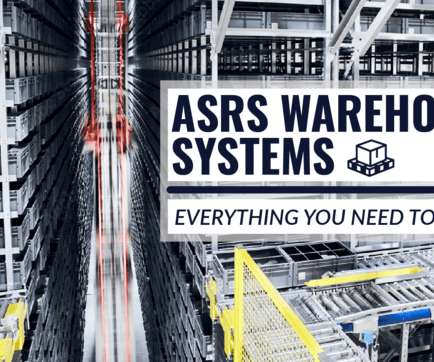Supply Chain Crystal Ball Gazing: Let’s Look Ahead to 2028
Logistics Bureau
JANUARY 15, 2018
Sometimes I just like to live on the edge, which is definitely a qualifying status for anyone bold enough to make predictions about the future of supply chain operations and management—but I just can’t help myself. Of course that’s really not such a bold prediction to make, since some warehouses are already running dark today.













Let's personalize your content